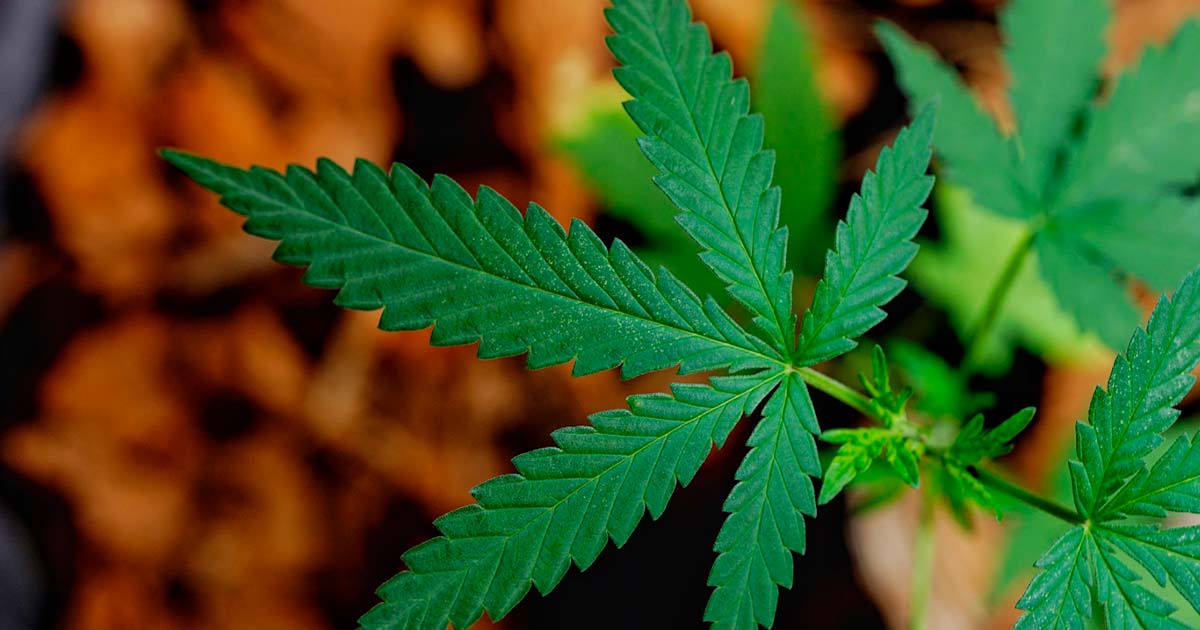Toxicology Identifies Cannabis in the Bones of Medieval Italians
Archaeologists excavating in a 17th-century hospital crypt in Milan, Italy, recovered the skeletons of nine people. Using tools of toxicology, they have now identified “the first archaeological evidence” of THC, the psychoactive component of cannabis, in human bones from the Modern Age.
The cannabinoids from cannabis, such as tetrahydrocannabinol [THC], one of the psychoactive properties associated with the plant, are stored in various tissues in the body, including hair and bones. A 2013 a study published in the journal "Drug and Alcohol Dependence," found that THC can be detected in human bones “several weeks” after the last cannabis use. However, the associated detection technologies have changed - a lot - over the last decade.
The exact mechanisms of how cannabinoids are stored in bones, and how long they remain detectable, varies from person to person, and greatly depends on frequency of use, dosage, and individual metabolism. Bones, essentially act like a reservoir for cannabinoids, and their detection can be used in forensic and clinical settings to assess past cannabis use. But now, a team of researchers have identified THC in the 17th century bones of people buried under a hospital in Milan, Italy.
- Cannabis Domestication Began in China in 10,000 BC, Says Genetic Study
- Evidence Of Cannabis Consumption Found In Tang Warrior’s Tomb

A femur, one of the bones that held traces of cannabis (Gaia Giordano, Mirko Mattia, Michele Boracchi, et al. / Science Direct)
When Archaeology Meets Toxicology
In a new study, Dr. Gaia Giordano at the University of Milan said that she her colleagues excavated and tested the skeletons of nine people from a 17th century crypt at Milan’s Ca’ Granda hospital. The bone samples were powdered, separated and purified, before being liquified and subjected to mass spectrometry, to identify the chemical components.
The results were subsequently analyzed using the tools of toxicology, the study of chemical substances in living organisms including humans. Toxicologists analyze how substances are absorbed, distributed, metabolized, excreted, and their toxic effects. Whether eaten or inhaled, cannabinoids are trapped and preserved after being absorbed into the bloodstream, and they are ultimately stored in bone tissue.
The team identified THC and cannabidiol (CBD) molecules within the thigh bones of a young man and middle-aged woman, who were both buried between 1638 AD and 1697 AD.
Recreational Cannabis Use, Rather Than Medical?
An article in New Scientist explains that the research team failed to identify any mention of cannabis in the Ca’ Granda hospital’s records, which details different medicinal compounds used as treatments. Dr. Giordano speculates that people were “self-medicating or using the cannabis recreationally,” rather than having been prescribed the plant as a medical treatment.
- Forget Folk Remedies, Medieval Europe Spawned a Golden Age of Medical Theory
- The Indo-European Legacy of Ancient Cannabis
In 2020, I wrote an Ancient Origins news article telling the story of a 1,320-year-old Tang dynasty tomb that was discovered in 2019, near a primary school in Taiyuan, Shanxi province, China. According to a research paper by Dr. Yimin Yang, at the University of Chinese Academy of Sciences in Beijing, the tomb contained the remains of a cavalry captain named Guo Xing. Inside this elite grave the archaeologists found a clay jar on the top of the man’s coffin, containing a collection of “larger than normal cannabis seeds”. Dr. Yimin Yang, said of the new study, that it “is unique,” because it derives its results from blending the disciplines of archaeology and toxicology.
Understanding The Differences Between Medical and Recreational Cannabis
An article on the Hash Museum website explains that during the 17th century every available field in Europe was asway with “hemp,” as land owners cashed in on the swelling maritime demand for ropes and sail cloths. Hemp plants have low levels of THC (tetrahydrocannabinol), the psychoactive compound responsible for the “high” or “stoned” associated with the plants.
During the 17th century in Asia and the Middle East, intoxicating cannabis plants, heavy in THC, were used recreationally and within religious rituals. Today, controlling the varying levels of THC in cannabis plants is big business, and products are readily available online to match users recreational and medicals requirements.
Where a writer, musician or gardener might enjoy the uplifting “high” effects of a 20% THC sativa plant, perhaps infused in coconut oil drops, someone suffering from a cancerous tumor would prefer the “stoned” sleep encouraging, therefore healing effects, of a 30% THC indica plant, perhaps consumed in edibles so that the THC is processed through the liver, amplifying both its medicinal and dissociative effects.
Top image: A leaf from the cannabis plant. Source: Kampanat/Adobe Stock
By Ashley Cowie

















